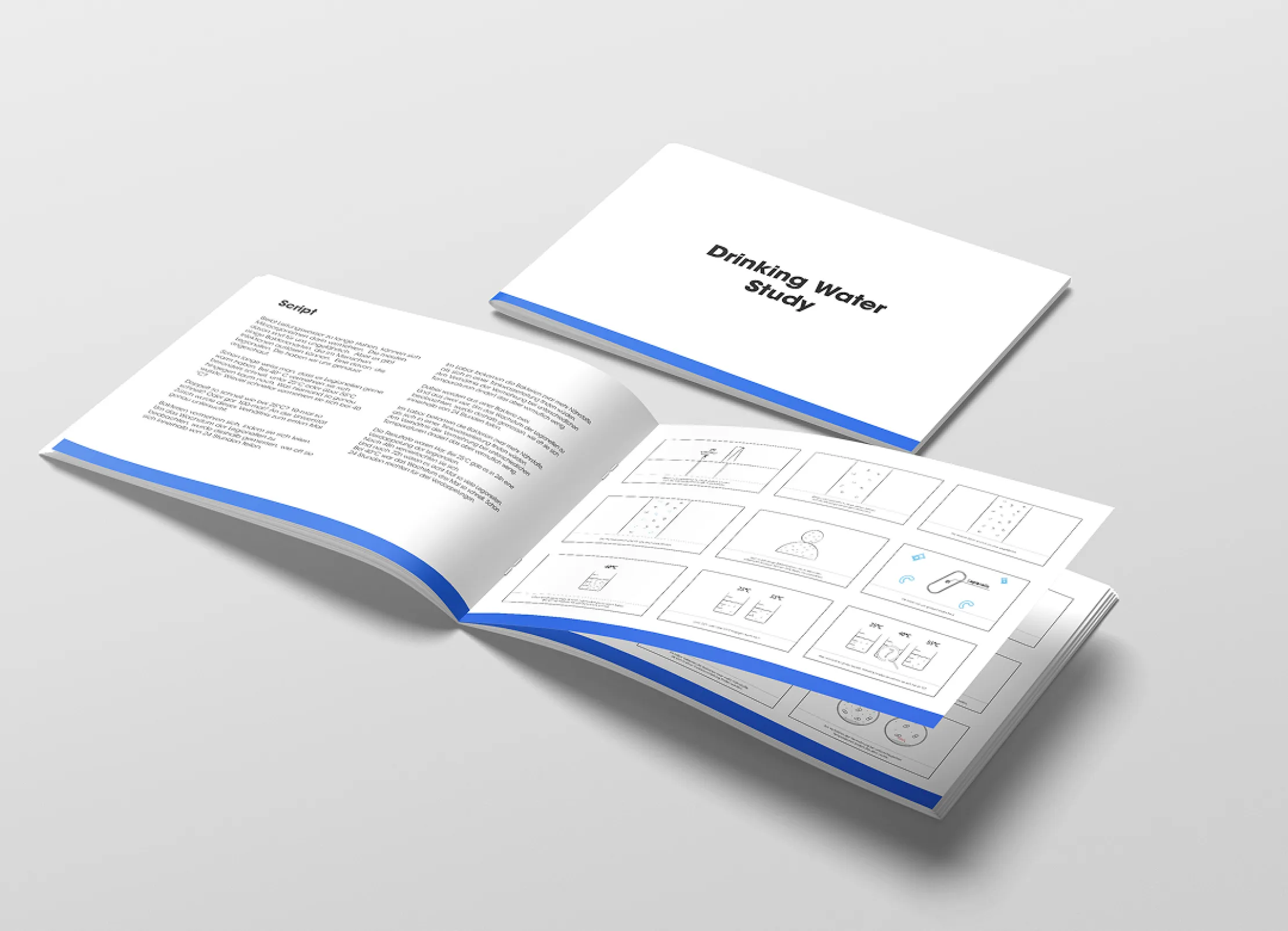GEBERIT
Data, Bacteria, and the Art of Explanation
While we’ve had great fun creating humorous video campaigns for Geberit, we sometimes address more serious topics, too. Such as our explainer videos about legionella bacteria and data standards.
Have you ever wondered how long water can sit in your pipes before becoming contaminated? Or what standards companies use to compile product data? We hadn’t either. But thanks to the explainer videos we co-wrote and animated for Geberit, we’re now much more informed.
But let’s back up a bit.

Making Product Data Speak the Same Language
In construction and trade, many different parties need to communicate with each other, including manufacturers, wholesalers, planners and installers. However, since each company uses its own system to manage product data, miscommunication is almost guaranteed. That’s why Geberit and other industry leaders helped develop BMDG 2.0, a unified data standard that simplifies the handling of product data.
In order to implement it across their markets, they required clear and engaging informational materials. We created two animated videos: one to introduce the standard and the other to outline the new data process.
The Legionella Lowdown
In its study of drinking water, Geberit aimed to understand how quickly Legionella bacteria, which can cause infections, multiply within plumbing systems. Researchers at the University of Zurich examined the rate of reproduction of the bacteria at various temperatures.
As the story was data-heavy, our challenge was to present the science in a clear and accessible way.
Breaking Down the Complexity
The challenge posed by all three videos was to condense a lot of technical content into something visually accessible and easy to follow. Working closely with Geberit, we transformed their extensive input into concise, well-crafted scripts, refining them to convey the key messages as clearly as possible.
Once the scripts had been approved, we moved on to storyboarding and designing custom graphics. Clear, calm voiceovers and minimalist motion design helped to retain clarity.
Although the videos were aimed at audiences who were already somewhat familiar with the topics, the information still had to be significantly simplified. The two data standard videos were used in training and workshops, while the water study video was created for a general audience.



